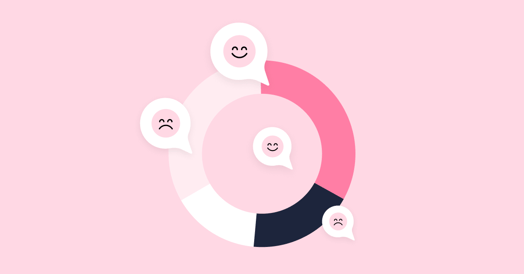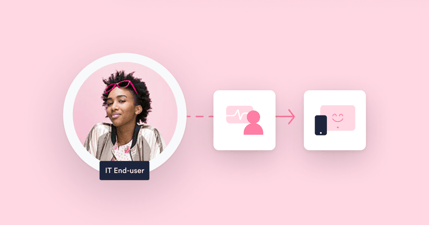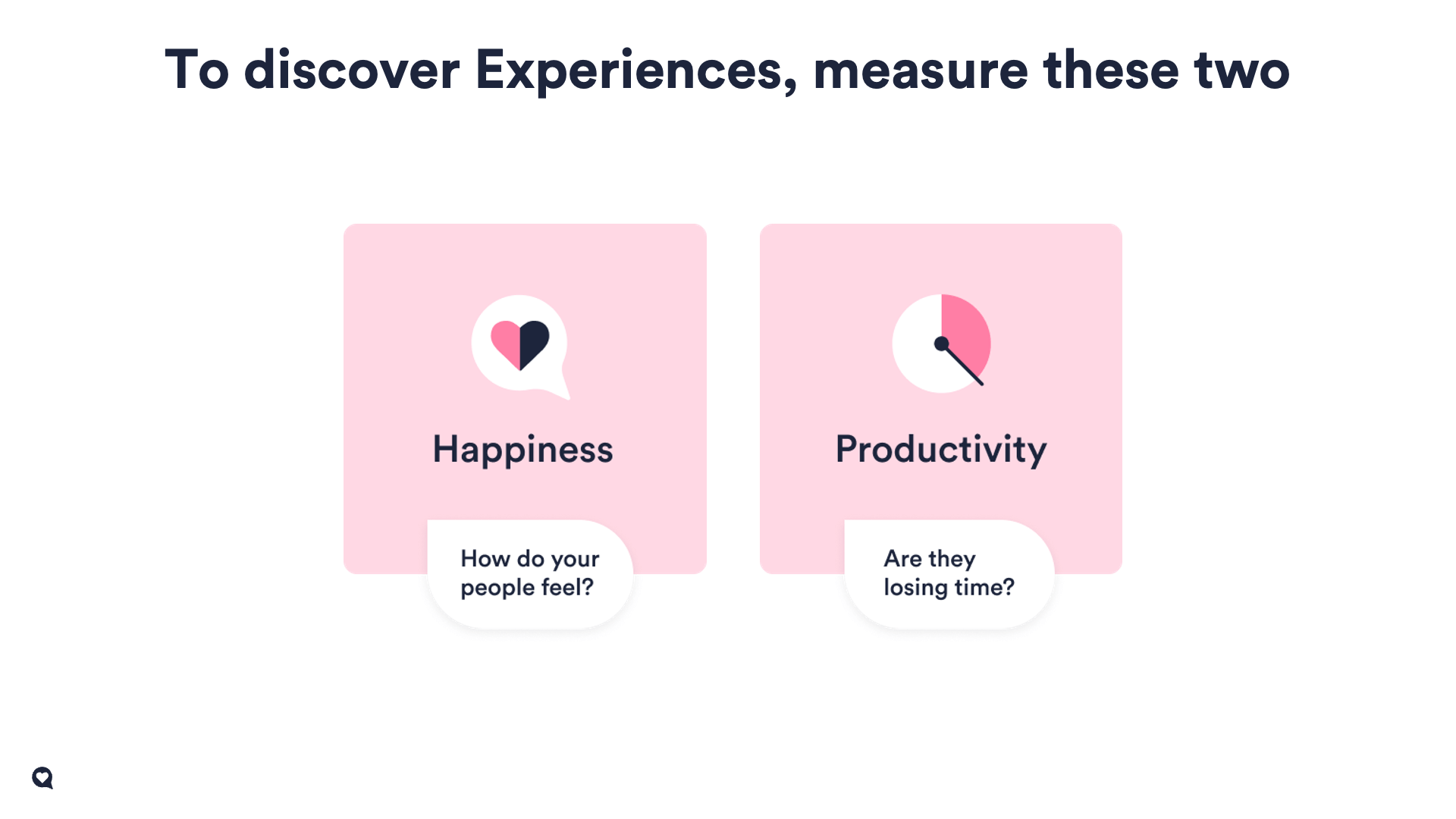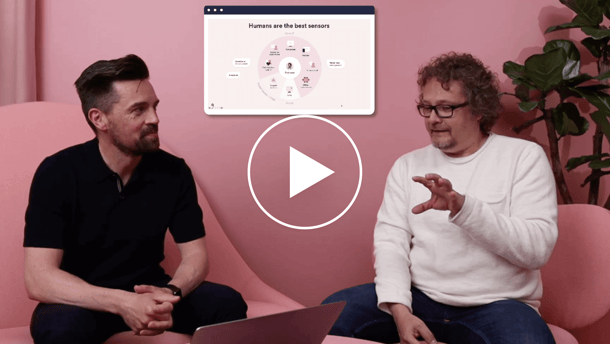As shown in the above diagram, the following reasons help explain why humans are the best sensors of IT’s capabilities and performance:
- Humans are sensitive to circumstances
- Human feedback is always on and never needs configuration.
Humans are sensitive to circumstances
End-users experience IT under their own circumstances. For example, the impact of the global pandemic on work in their specific office location or the specific requirements of their jobs both influence how end-users experience IT.
However, especially in large organizations, an IT service provider cannot possibly know about all the different circumstances that affect end-users in various teams and countries. For example, one of our customers found that the employees working in Finance had vastly different expectations and experiences of IT toward the end of the month compared to any other time in the month. This was because the end of the month or the quarter is a critical time for Finance employees, who must complete many vital processes. Hence, any IT issues they face at this time compromise their productivity more than at other times and need to be resolved as quickly as possible.
This customer could not have known these specific circumstances without asking their end-users directly. However, once they did (via the HappySignals Platform), they could configure their ServiceNow instance to give higher priority to tickets submitted by Finance employees at the end of the month. Thus improving the experience for these employees during the most critical time.
While such specific circumstances in any organization cannot be intuitively known by IT, end-users understand intimately well how IT is supporting or hindering their work. Asking them is the only way to understand, in a granular way, how IT is working for all your end-users!
Human feedback is always on and never needs configuration
Today’s enterprise IT environment is highly complex, with different touchpoints and constant changes to processes and technologies. While managing these touchpoints and improvement projects, it’s understandably difficult for the IT service provider to constantly keep up with measuring the impact of different changes.
For example, no organization could have foreseen how quickly remote work would overtake the workplace during the global pandemic. So, of course, no one was prepared to measure its impact on end-users immediately. Similarly, some organizations have hundreds of business processes that rely on IT. It would be too expensive and complicated to measure how IT works for each of these individually.
But here’s the good news – human sensors for IT need little configuration, no matter what unexpected changes occur or what different processes you want to measure. Whatever happens, humans will experience these changes or differences in real-time. Their feedback will automatically reflect the state of IT services at that moment, so your IT team doesn’t need to waste effort configuring different measurements all the time. As we say – more smiles, less time wasted!
How to quantify the output from human sensors
I’ve explained why there are no better sensors for IT than humans. But what should the IT service provider learn from humans about their IT experiences?
We believe two end-user experience metrics are most critical to measure — Happiness (how end-users feel) and Productivity (how much work time end-users lose due to an IT issue).
You may be able to use technological means to measure how IT services are being used. But if you really want to understand how end-users feel and how their productivity is affected by IT, there’s no better alternative than asking them.
End-users are the ones who experience IT all the time, so only they can draw your attention to the areas that most need improvement. After that, your IT team could use technological means to understand in detail what’s causing the problems flagged by end-users in those specific areas.
Ultimately, human feedback should be the first filter that guides an IT service provider to look in the right places. Then, you can truly build a human-centric IT organization that puts end-users at the center of every service and improvement effort.





.png?width=1920&name=human%20sensors%20(1).png)

